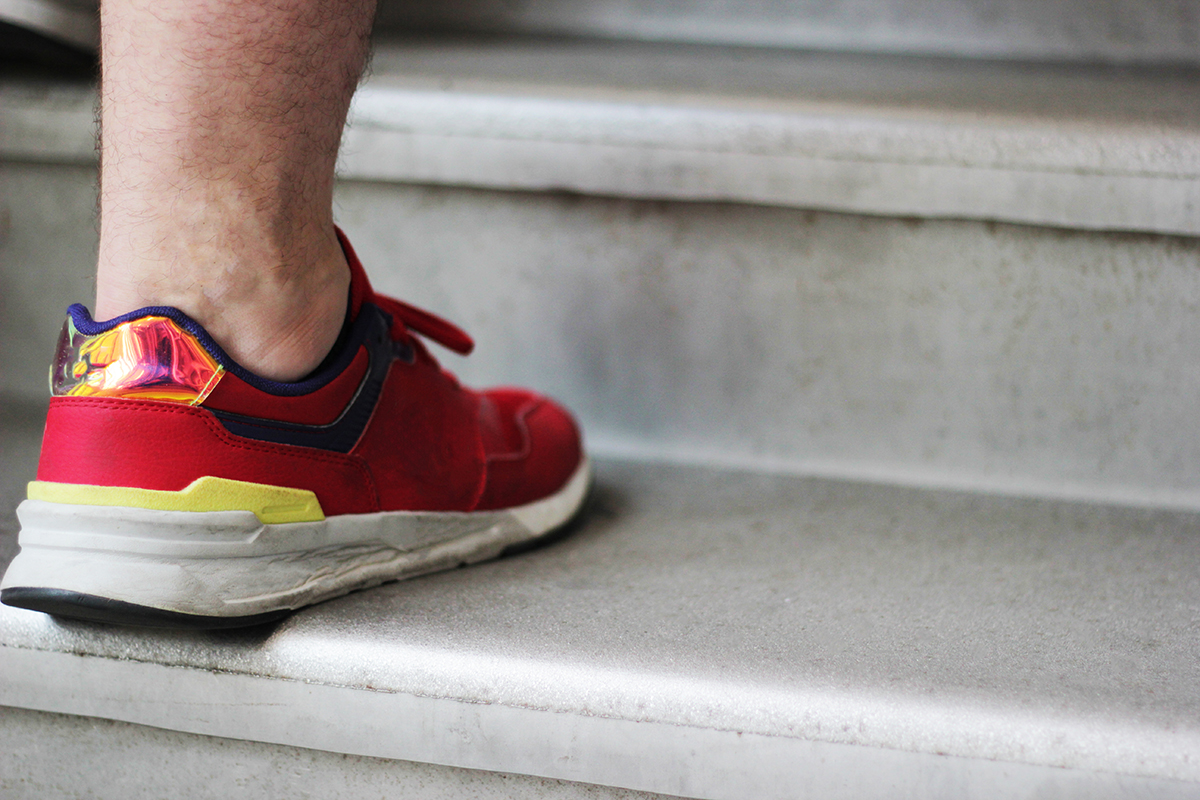Smart Safety Design to Prevent Slips, Trips, and Falls
Learning Objectives:
- Identify the difference between a slip, trip, and fall.
- Name three agencies that use coefficient of friction to measure and recommend slip resistance.
- Recognize five applications where non slip products are used.
- Identify three styles of safety flooring products.
Credits:
This course is approved as a Structured Course
This course can be self-reported to the AANB, as per their CE Guidelines
Approved for structured learning
Approved for Core Learning
This course can be self-reported to the NLAA
Course may qualify for Learning Hours with NWTAA
Course eligible for OAA Learning Hours
This course is approved as a core course
This course can be self-reported for Learning Units to the Architectural Institute of British Columbia
The purpose of this presentation is to educate industry professionals on the different types of slip-resistant products available—their advantages and disadvantages, statistics on slips and falls, methods and machines used to measure slip resistance, and an overview of current regulatory standards.

Photo courtesy of SLIPNOT

|
Brandon Guse is a MBA graduate from the University of Michigan in organizational leadership, strategy, and management. He has 25+ years of management, sales, and marketing experience across diverse manufacturers and distribution from automotive, aerospace, food and beverage, heavy industrial, oil and gas, government, etc. He has a successful track record and drive towards business leadership, development, sales growth, and market expansion. |
 |
SLIPNOT is a leading provider of specialized safety flooring products and surface technologies, covering walkways, stairs, ladders, and more where you live, work, and play. |














